Write Us
We are just a call away
[ LET’S TALK AI ]
X
Discover AI-
Powered Solutions
Get ready to explore cutting-edge AI technologies that can transform your workflow!

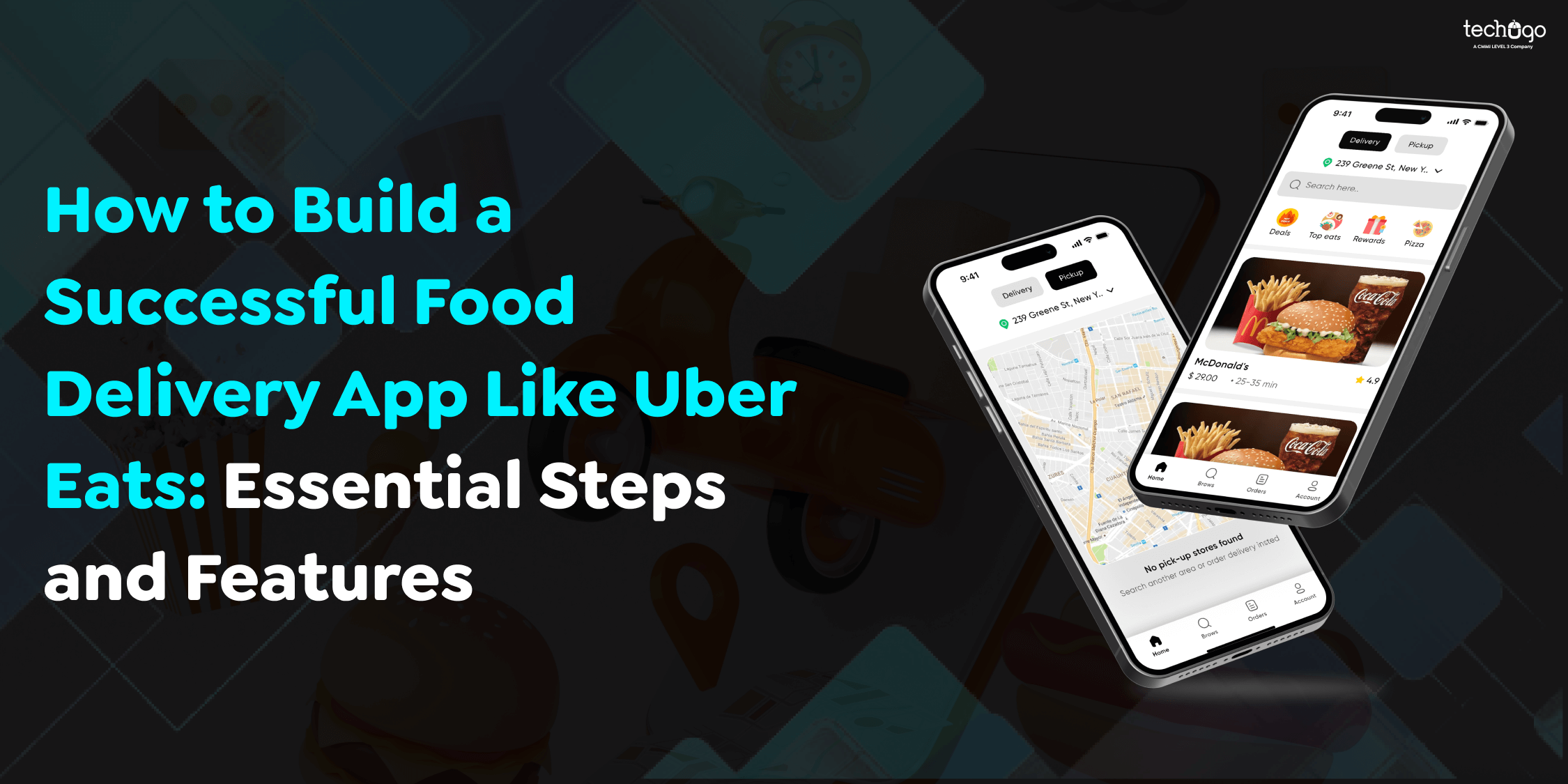
Food delivery services have rapidly gained in popularity due to their ease, convenience, and lower costs of connecting food service establishments seamlessly. Their market is evolving fast; new players are entering quickly while established firms expand their services.
Uber Eats, a famous brand in the food delivery business, is a leading platform that easily links restaurants with customers. Since entering this industry in early 2014, its growth has been phenomenal—it has entered 81 million customer households worldwide while featuring 90k restaurants! Today, Uber Eats is a powerful player in the online food ordering and delivery business.
Based on its rapid expansion rate, we can safely assume that food delivery provides numerous opportunities to aspiring food entrepreneurs – and is likely to keep doing so. Though creating apps like UberEats may initially prove challenging, such endeavors could offer substantial returns over time.
This blog will outline what entrepreneurs must do to develop an app similar to Uber Eats.
Also Read : Don’t Hold Back! Here is a Guide to Food Delivery App Development!
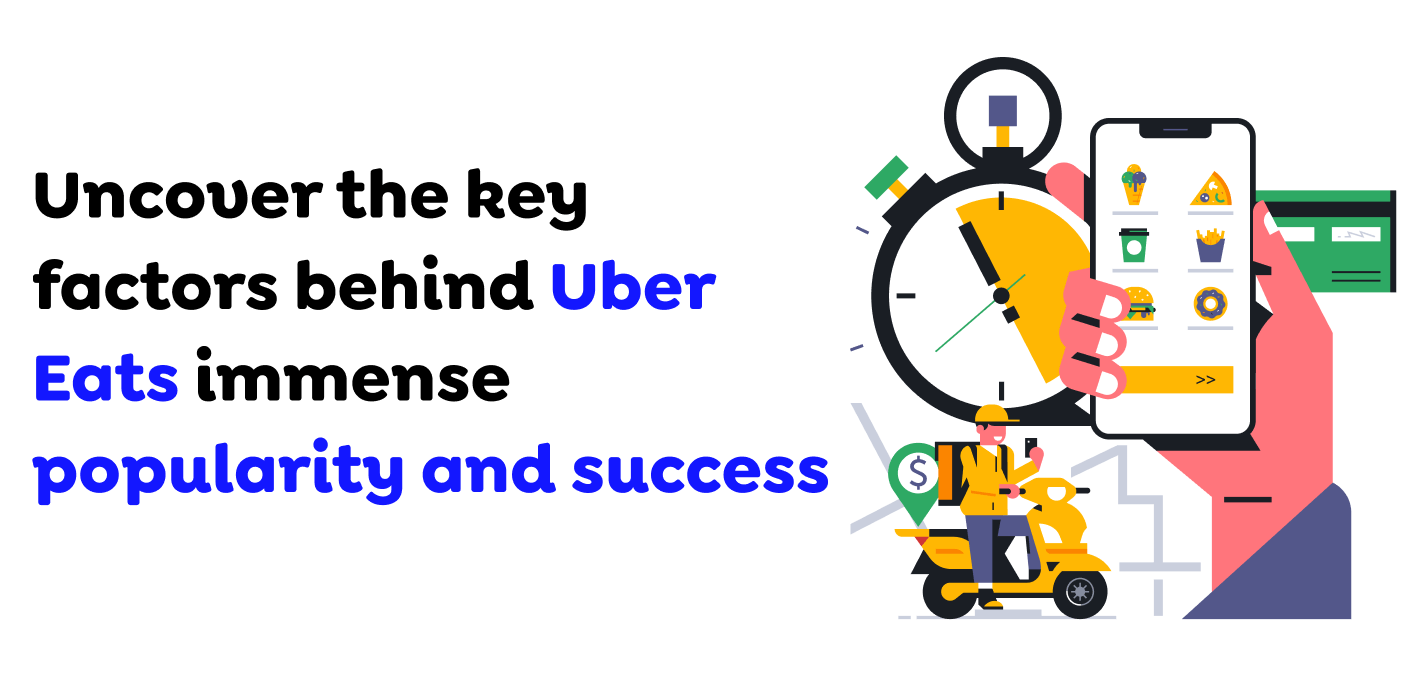
Uber Eats has established itself as a well-known brand in food delivery due to its wide application and exceptional customer support. What makes it stand out from the competitors? Explore the significant elements that contributed to Uber Eats’ immense success.
One of Uber Eats’ standout features is the extensive range of nearly 900000 restaurants worldwide. Users can select from a variety of dining options, including local favorites and famous chains, offering an array of options for all tastes.
Uber Eats customers Uber Eats can schedule their orders in advance, which can be particularly useful when planning meals to be served at a particular time or date.
Uber Eats utilizes Uber’s existing driver network, which allows for quick and effective delivery times. Integration with the wider Uber ecosystem is a key factor in the application’s reliability.
Uber Eats allows customers to pick the exact location where they’d like the food delivered. Customers can provide specific directions to drop off their food at their homes, offices, or even with family at the park.
The Uber Eats app’s beautiful design guarantees a pleasant user experience. Navigation through the menus, placing orders, and tracking deliveries are designed to be easy even for new app users.
Uber Eats frequently offers promotions, discounts, and loyalty schemes to reward customers. The added value benefits of these programs make Uber Eats more appealing to budget-conscious customers.
Also Read : TrueFan x Zomato: When Glamour & Taste Collaborate!
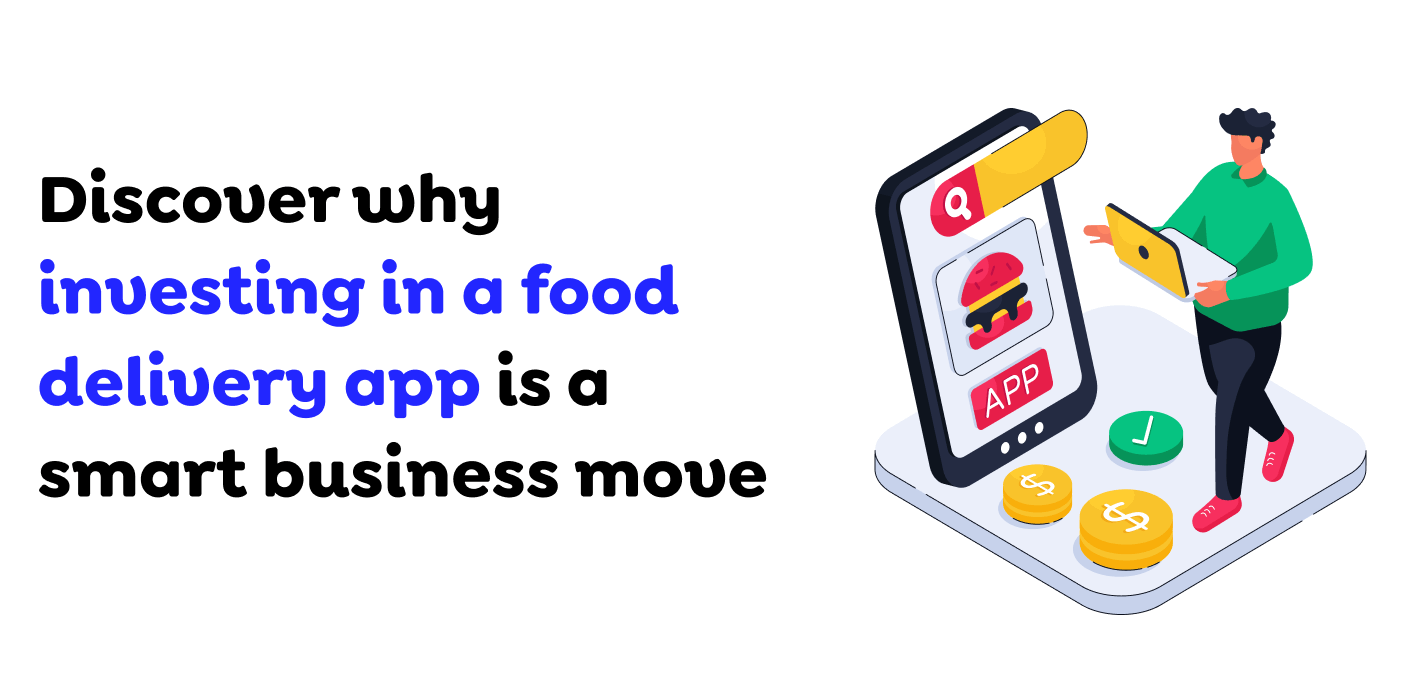
The use of online food services has increased, specifically in cities. Apps can gather user preferences to improve their service. Once an app has become popular within a specific area, it will expand into other websites. At a rate of 12.7% , the industry is expected to grow twofold, bringing it up to $2 trillion by 2027.
Restaurants discovered food ordering platforms that are less complicated and easier to use than making random calls for delivery requests. Furthermore, 60 percent of restaurants say that their profit margins have increased because of the delivery services offered by these systems.
43% of restaurant industry professionals believe that using third-party apps helps establish a close relationship between the customers of the restaurant/bar/pub. The modernized system for ordering food online has modernized the management of customer experience. It offers all the required features, from food ordering to fast delivery to homes.
With many social media websites like Facebook, Twitter, Instagram, and others, on-demand apps are interconnected with the help of Mobile App Development Company In Saudi Arabia. They can be a great tool to promote your business smoothly. The various types of online ads help bring many people to the app.
A study found that customers who make food orders online will be able to go to the restaurant 77% more frequently than customers who don’t use the online service. Additionally, it was discovered that using an outside delivery service increased the number of restaurant transactions by 10-20 percent.
Also Read : Brewing The Success Path for Coffee Shop App Development in UAE
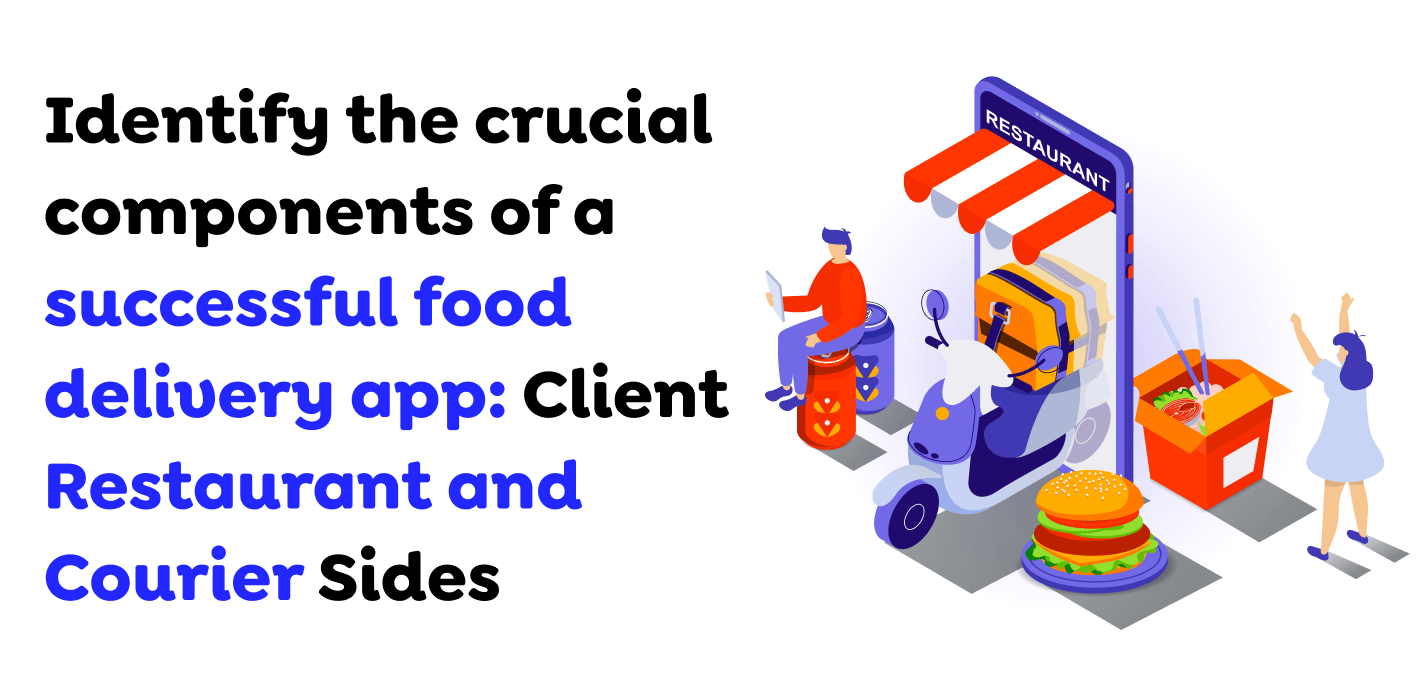
Before getting deep into the specifics of how to build an On-Demand Food Delivery App, we should note the different aspects that compose an application. The Uber Eats application (or any app that delivers food in general) comprises three main elements:
You may already have observed that the three parts above ensure the information you need is sent out and distributed to the appropriate parties. Consider how integrating the Uber Eats API within your food ordering app will allow clients to make payments and place orders for their orders. In turn, restaurants can accept larger orders and efficiently manage the food preparation process. Couriers have easy access to all the necessary information for completing the delivery.
Also Read : Navigating The Impact of AI-Powered Apps on eCommerce Stores in UK
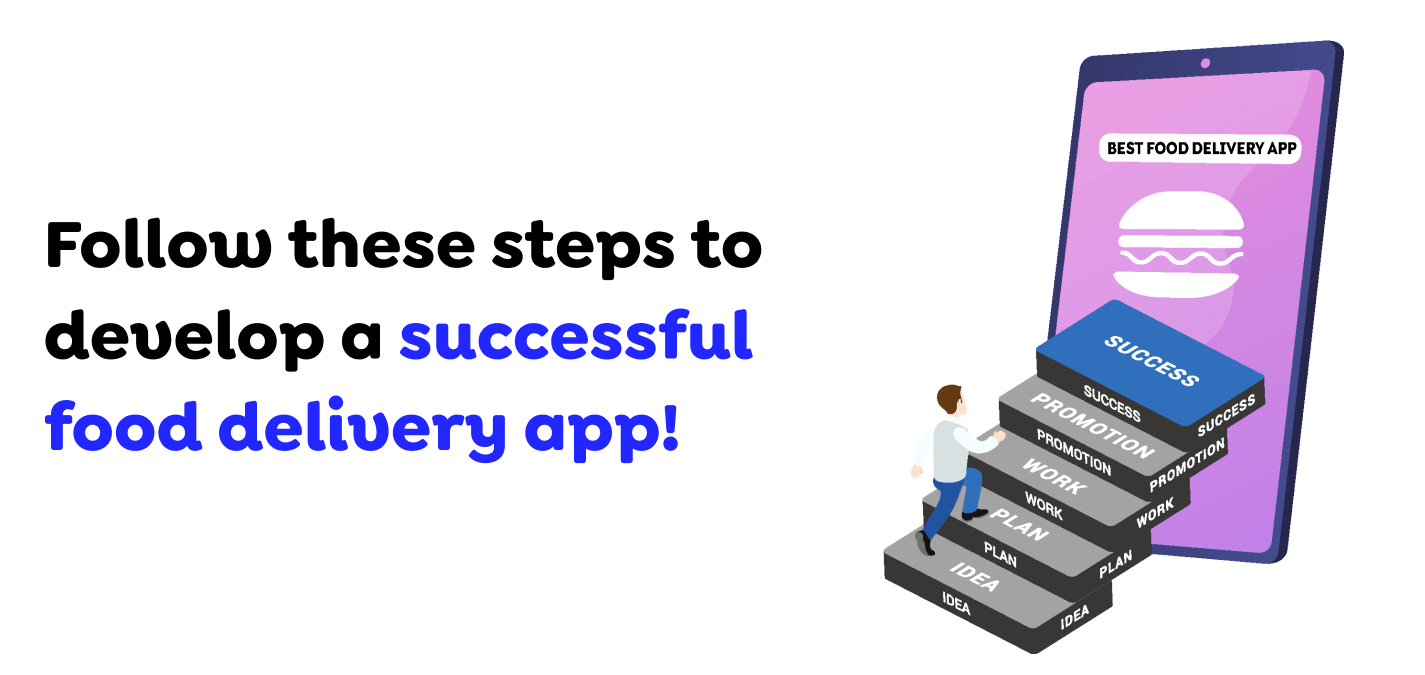
Creating a food delivery service such as Uber Eats is not easy and requires several parts. Thus, having a clearly defined strategy for establishing your food delivery service is essential to leaving your mark on the internet food business.
The initial step of a Mobile App Development Company In UAE is studying the rival app for food delivery, researching new trends in the food industry, and locating the best place to deliver food online. Creating some of the best features in the food delivery service app in development is essential.
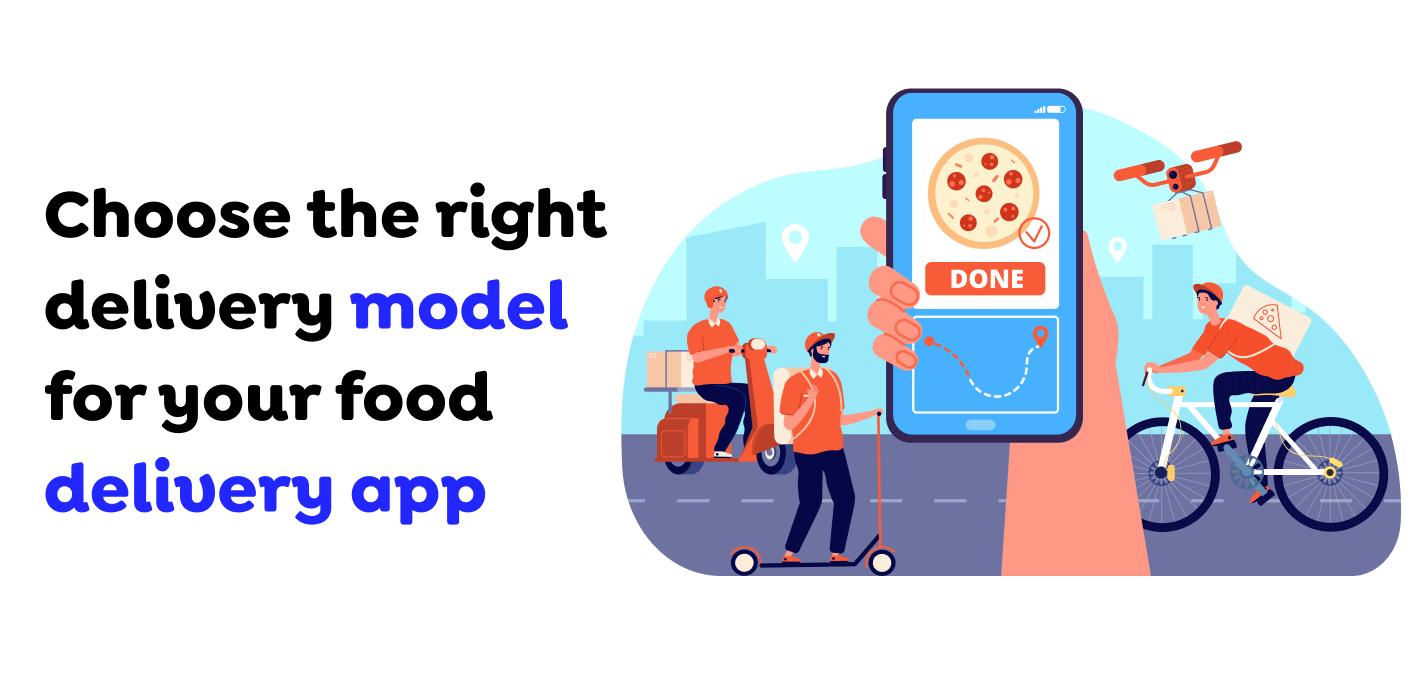
After the basic concepts are established, the next thing to do is pick the delivery option. Two choices are available: the order-only model and the order and delivery models. Both food delivery models come with the ability to accept and manage orders. Still, they differ in terms of logistics and support. The ordering-only model makes money by charging restaurants commissions for delivery. In contrast, the order & delivery model charges delivery costs and restaurant commissions.
The next step would be to add prominent features from a top-rated application such as Uber Eats to your food delivery application.
Also Read : Mastering eCommerce Success: The Comprehensive Guide to Developing an E-commerce App Like Adidas
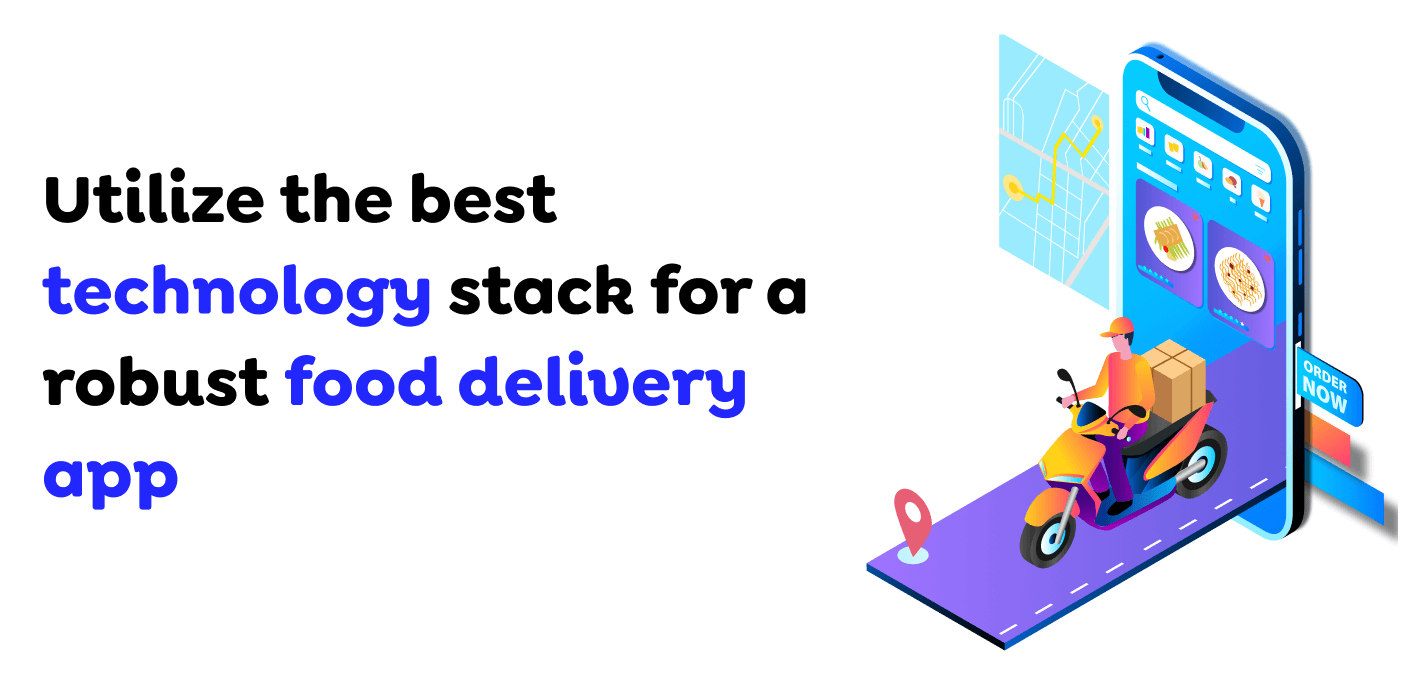
The term “tech stack” refers to the integration of frameworks, programming languages, libraries, databases, and tools to construct an application. When deciding what to do with an app such as Uber Eats, selecting the correct technology stack is crucial since it is the foundation for delivering an enjoyable user experience.
If you opt to design your app to deliver food only on Android and iOS or both, it is possible that you will require various technologies to implement your vision. For example, creating an application to work on Android and iOS via a native application method requires the creation of distinct codebases since each platform has its own software languages (Swift for iOS and Java/Kotlin to run on Android). In contrast, if you take a cross-platform approach to develop your food delivery service for Android and iOS with a single source code.
To create an Uber Eats-like app, a range of technology resources are required to ensure an efficient development process in the beginning and ongoing operations, including UI/UX designers, Android developers, iOS developers, business analysts, and testing and QA engineers. An experienced food delivery app development company that develops apps has an entire development team that can offer support from the beginning of development until the deployment phase and ongoing maintenance.
Working with an app-on-demand firm experienced in MVP application development for startup companies is recommended. MVP, or Minimum Viable Product, is an app’s initial version. It has essential functions that communicate the app’s primary purpose without including various advanced capabilities. Developing An MVP aims to determine users’ interests and gauge market needs with minimal cost. This helps determine if the concept is popular with the users before you fully commit to development. Several successful MVP instances from top businesses launched their careers by launching an MVP that grew into world-class companies like Amazon, Twitter, and Spotify.
Although it can be tempting to test thoroughly only when working on a strict budget, quality control (QA) is crucial to an application’s success. Due to the intense competition in the development of apps for food delivery on demand, constant QA and performance testing should be conducted throughout the development lifecycle. This ensures that the app receives needed changes before its release for customers.
After you’ve tested your app, the next stage is to upload it for approval to the Play Store. However, you must follow the Mobile App Development Company In Dubai guidelines provided by Google and Apple when you submit your app to the respective platforms.
Once you have successfully launched your app in the Play Store or App Store, the second and constant step is maintaining the app for food delivery to make sure that your application continues to run well, stays current, and meets users’ ever-changing expectations.
In today’s highly competitive restaurant delivery market, where many significant players compete to gain the market, it’s crucial to ensure consumers discover and download your app. That means using analytics-driven marketing strategies, like hyper-targeting, to boost users’ acquisition, customer engagement, generate growth, and longevity for your food delivery application.
Also Read : When E-commerce Meets AI: Explore The Perfect Match for Fashion
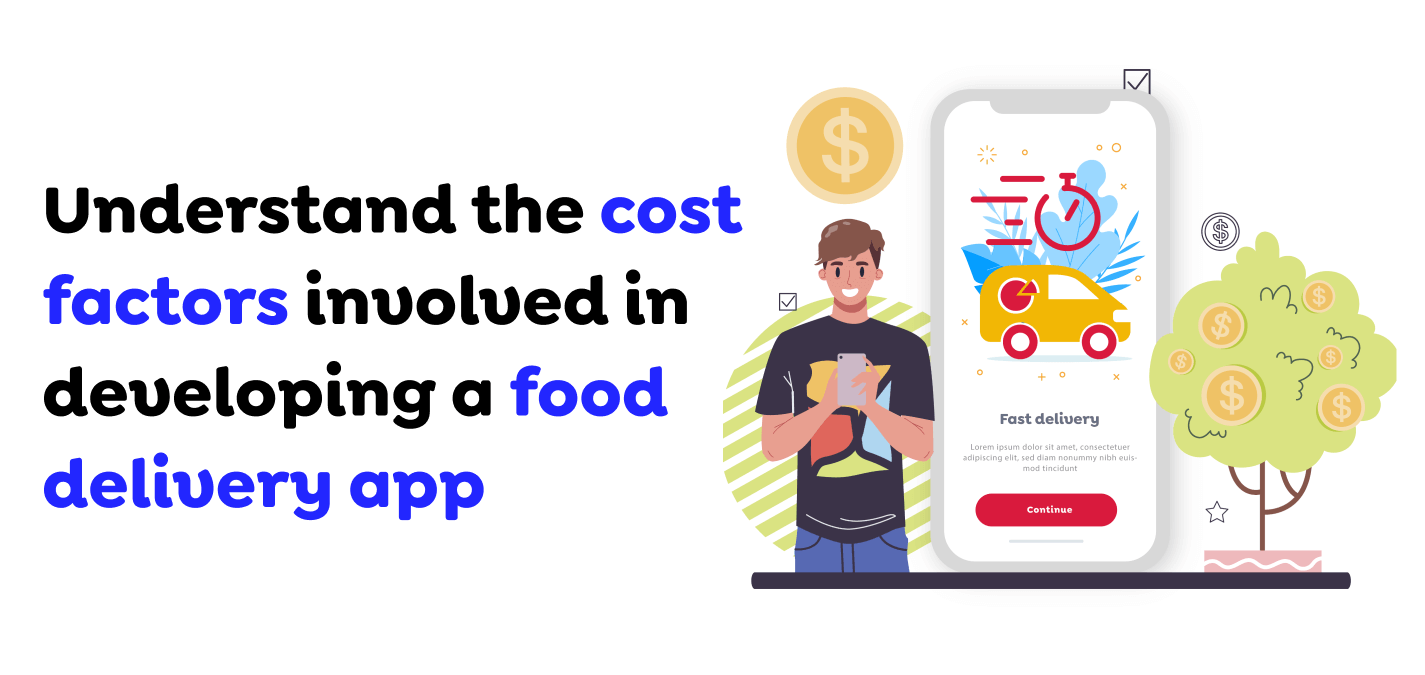
The Cost To Develop a Food Delivery App, such as Uber Eats, depends on different elements, such as the number of integrations and a listing of functions, platforms, and other factors. After the initial discovery process is complete, it’s easy to understand how much it costs to build Uber Eats’ food delivery service.
This involves the choice of visual prototypes and so on. The project’s scope, roadmap creation, setting the MVP budget, planning resources, app testing, and pitch for investment are also essential elements of the discovery process. Thus, total expenses are derived from the general calculations of design concepts for UI/UX, the app’s back-end development, and the. On average, the app could be anywhere from 15,000 to 50,000 dollars to 50,000 USD, depending on various factors.
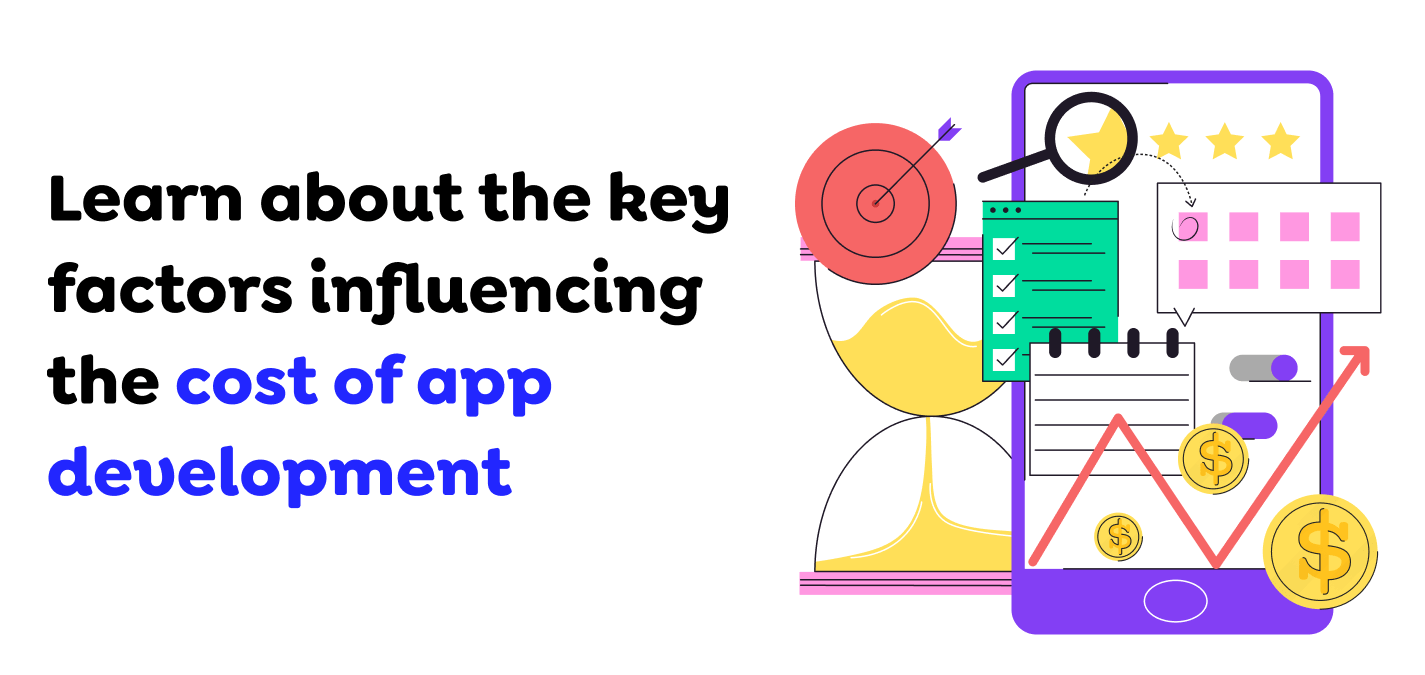
The following are the most significant aspects that determine the cost of developing an app such as Uber Eats.
The first step is to explore the realm of app development by understanding the function that features play in functions. These features not only define the app’s functionality but also impact the cost of development for the app’s features. For instance, an app such as Uber Eats. Its functionality does not just involve ordering food.
It also requires customer authentication, which gives users a secure login to their account. It is followed by a live recording of their order, secure payment processors for cashless transactions, etc. The added complexity of development means that every new feature increases the total cost of the software.
Creating an excellent UI design isn’t an absolute must; it’s an essential requirement for the app’s success, as we imagine. Consider yourself as a user of the app. The intuitive layout and smooth navigation provide a fantastic experience for you. This will increase confidence and trust in the app. But such finesse in design does not come free.
Also Read : The Impact of Augmented Reality (AR) in Marketing: Boosting Consumer Engagement
Each successful application is recognized for its robust technology stack within its systems. “technology stack” refers to a mix of frameworks, programming languages, and third-party integrations. This enormously influences the amount of time needed to develop and the costs incurred.
Software that utilizes the most recent technology takes less time. However, they are expensive. In the same way, if the application selects a less expensive option, it may take longer to develop. In addition, the incompatibility between different components of the technological set could result in unexpected obstacles that can impact the expense factor.
In the competitive market, personalization effectively draws customers and builds trust in the brand. In the future, with apps such as Uber Eats, customization, and personalization options will allow the app to showcase individual preferences and tastes by uniquely presenting them. The options range from personalized suggestions in response to users’ previous orders to the possibility of customizing the order according to their preferences for food and items. This feature will increase customer satisfaction and retention. However, developing these powerful customizing options is highly complex and may result in higher development costs.
The Cost To Develop a Mobile App In Dubai similar to Uber Eats depends heavily on the area of the development team. The places with a superb quality of life, such as North America and Europe, will likely charge more to a competent developer than Asia and Eastern Europe. The result is that the costs can affect the total costs associated with the development of any app.
Furthermore, the cost of these projects is contingent on tax policies, market competition, and access to skilled talent. In the end, the app development company states that about 65 percent “of all app development projects go over budget” due to the scope’s changes and increased complexity.”
Privacy and security features that protect users’ data are among the primary criteria for developing mobile applications. Apps such as Uber Eats can handle quite a bit of private and sensitive information, like information about preferences and payment methods, so the chosen group must implement sound security procedures for their application. Thus, practical protocols and authentication security auditing must be implemented using secure encryption to protect the user’s data.
Also Read : Feeding the Future: How to Broaden the Catering Horizons Using the On-Demand App
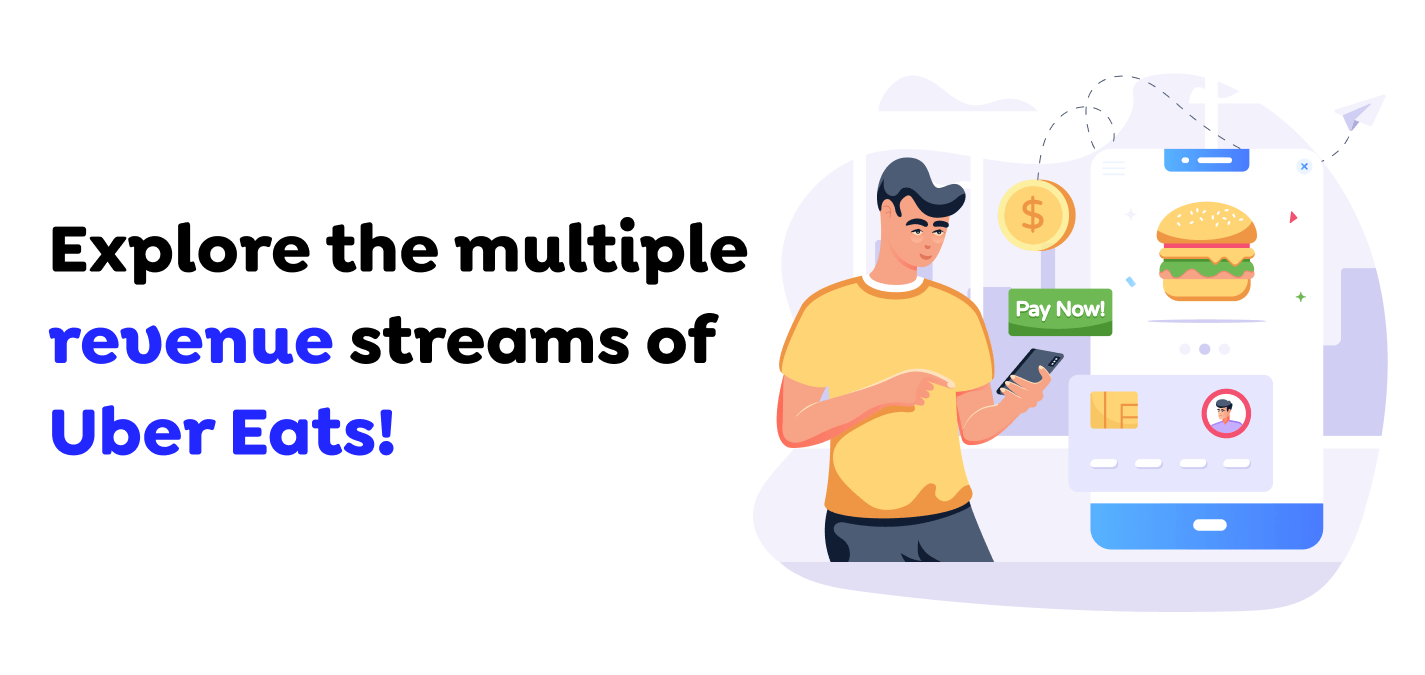
If you are a business owner of food delivery and are curious about UberEats Dubai source of income. Uber Eats indeed has multiple lines of operation. Therefore, it’s worthwhile taking time to get familiar with Uber Eats’ revenue model:
Uber Eats charges a delivery fee for each order placed through its app or platform. The fee is based on the distance between the establishment, the client’s residence, and where Uber Eats operates. Uber Eats charges its customers to deliver food via its platform. Delivery fees are separated into three categories:
Uber Eats offers restaurants the possibility of promoting their menus on the app to entice more customers and increase their reach to a larger audience. Restaurants pay extra costs to have their menus highlighted and offer special offers, contributing to Uber Eats’ revenue.
Uber Eats offers premium subscriptions, including Uber One or Eats Pass, to customers interested in perks like free delivery, access to food items from the menu, and priority delivery. These subscriptions are an excellent source of regular revenue for the business because users pay a per-month fee to avail themselves of these benefits.
Uber Eats cuts 15% to 40% of the value of each purchase from its associate restaurants. The commission percentage may differ based on the company’s maturity and age.
Also Read : Restaurant Mobile App Development: Ordering and Delivery Made Easier
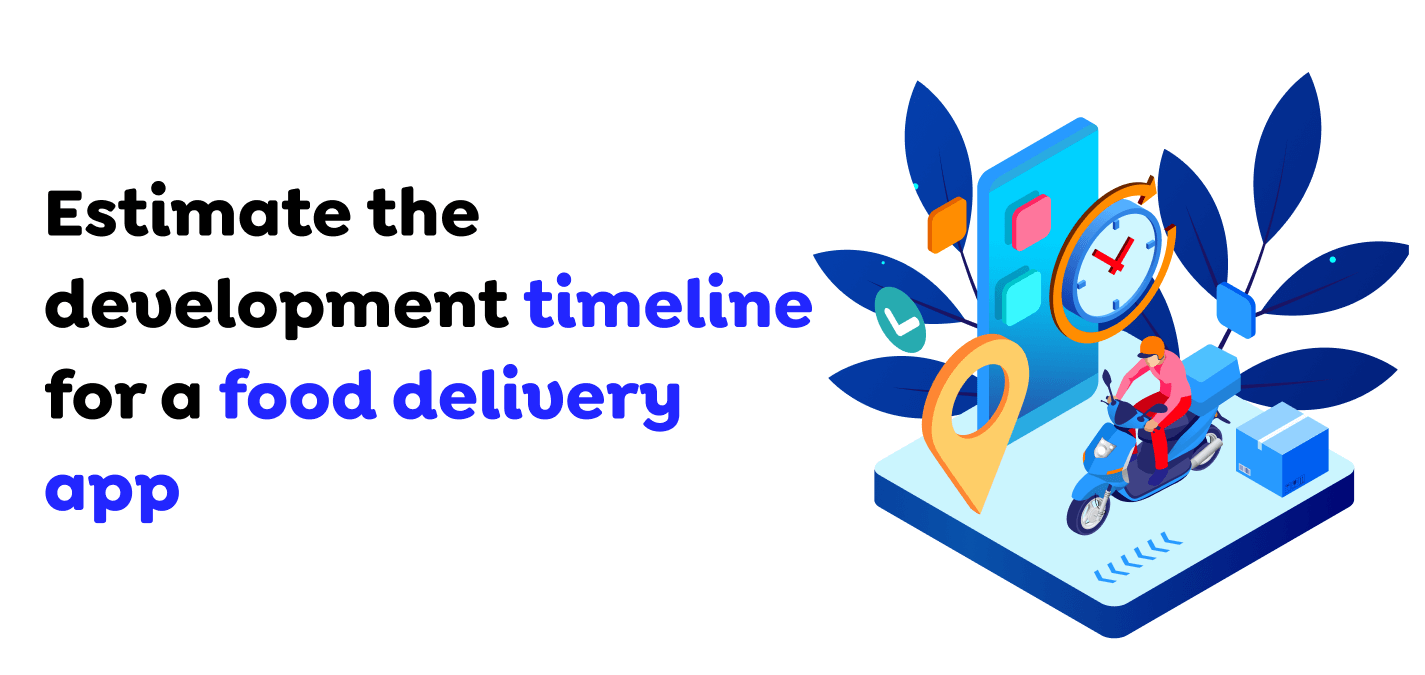
The Coronavirus epidemic has exploded the need for Uber Eats-like food delivery services. It is an extremely difficult moment for restaurants to create their mark on the web-based food business. Making a mobile app for food delivery, considering the business model, revenues technology stack, and other crucial aspects in this post, is sure to give you an ideal starting point in the online food sector.
Making an application from scratch is an extensive process that requires some expenditure in terms of both money and time. Using a solution already in place will cut down the launching process and assist in quickly creating a feature-rich and efficient food delivery and ordering platform. As a white-label solution, it can also develop a custom-built platform based on the company’s needs and stall high for fierce market competition.
Although many business plans fall flat due to inadequate analysis and planning, launching an app for food delivery similar to Uber Eats by 2024 is a good idea. In-depth research that starts from the most essential Uber Eats figures to the best strategies the business uses in tough times of the pandemic provides quick insight into Uber Eats’s success. This is followed by a thorough analysis of Uber Eats’ business model.
After everything regarding Uber Eats is clear, we’re prepared with a few steps to create an app that delivers food similar to Uber Eats. An overview of potential APIs and financial requirements also prepares for the beginning of developing a food delivery service similar to Uber Eats. As the technology behind apps continues to advance, the value of app-based food delivery services such as Uber Eats is bound to rise.
Get in touch with the experts developers of Techugo to create an extraordinary food delivery app!
Write Us
sales@techugo.comOr fill this form